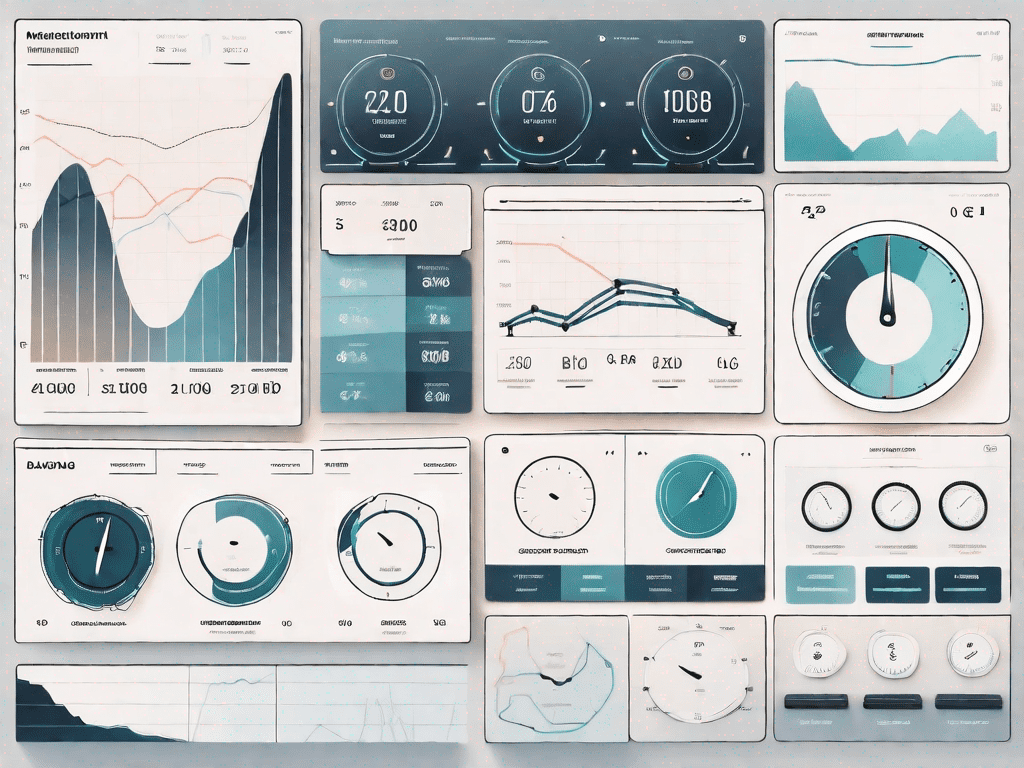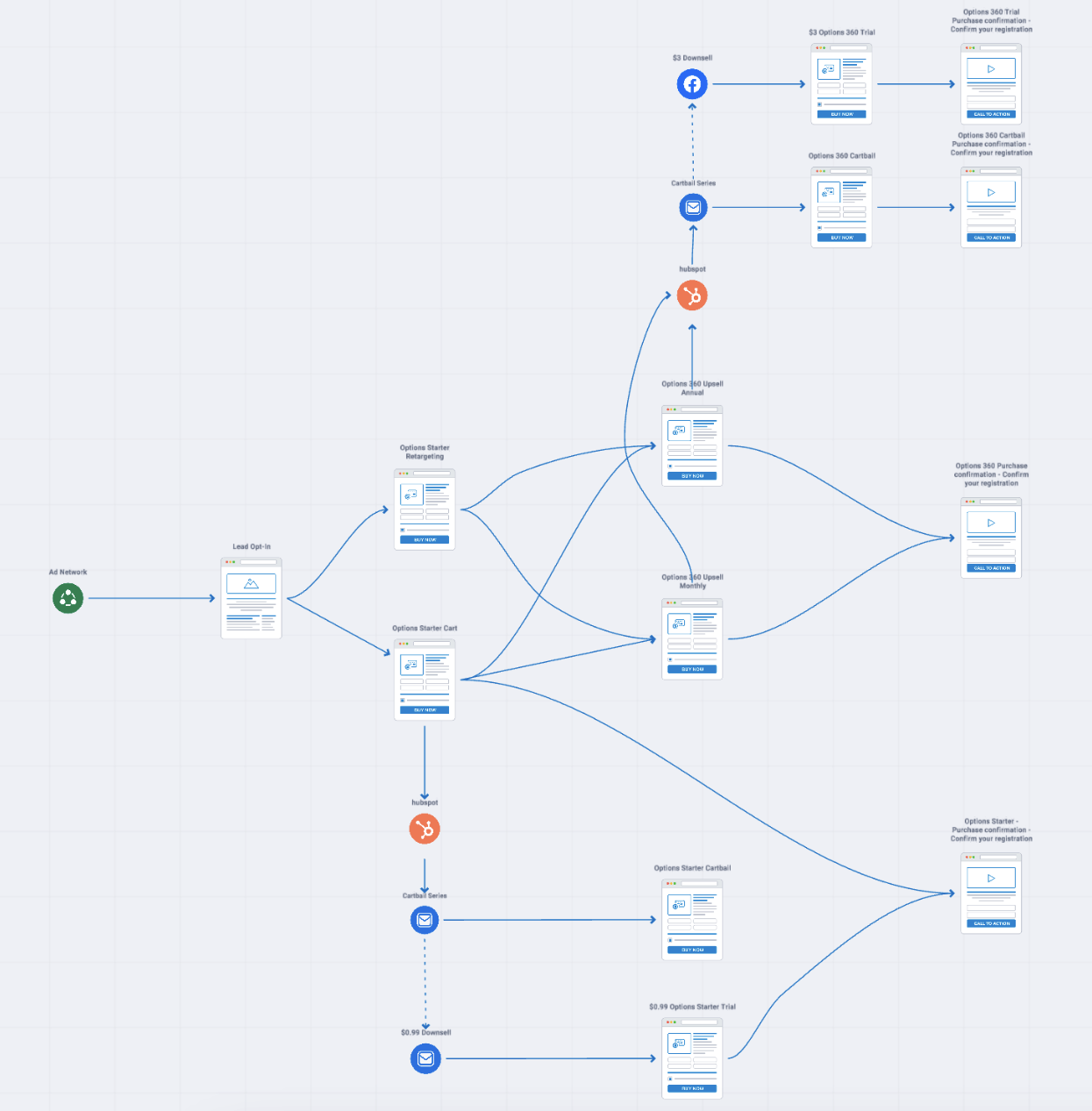In the world of digital advertising, TikTok has emerged as a powerful platform with a rapidly growing user base. As marketers embrace the potential of TikTok for reaching a younger and highly engaged audience, it’s important to understand the best practices for optimizing new TikTok PPC campaigns. This article will delve into the key aspects of TikTok ads and provide valuable insights on setting up, creating, and optimizing your campaigns.
Understanding TikTok Ads
The Rise of TikTok in Digital Advertising
With over 2 billion downloads worldwide, TikTok has become a force to be reckoned with in the digital advertising landscape. Its short-form video content and unique algorithms have captured the attention of Gen Z and Millennial users, making it an attractive platform for businesses looking to connect with these demographics. TikTok offers brands an opportunity to showcase their products or services in a visually appealing and engaging format.
But what exactly sets TikTok apart from other social media platforms when it comes to advertising? Let’s dive into the key features of TikTok ads and explore how businesses can leverage them to maximize their marketing efforts.
Key Features of TikTok Ads
When it comes to TikTok ads, there are several key features that marketers should be aware of. Firstly, the platform offers a variety of ad formats, including in-feed ads, branded Takeovers, and branded Hashtag Challenges.
In-feed ads are seamlessly integrated into users’ TikTok feeds, appearing as native content. They can be up to 60 seconds long and include features such as clickable links and call-to-action buttons, allowing brands to drive traffic to their websites or landing pages.
Branded Takeovers, on the other hand, are full-screen ads that appear when users first open the TikTok app. These ads have the potential to generate high visibility and brand awareness, as they occupy the entire screen for a few seconds before transitioning to the user’s feed.
Branded Hashtag Challenges are another popular ad format on TikTok. Brands can create their own unique hashtags and encourage users to participate in challenges related to their products or services. This not only boosts brand engagement but also creates a sense of community and user-generated content.
Each format has its own strengths and can be tailored to suit specific campaign objectives. For example, in-feed ads are great for driving conversions and website traffic, while branded Takeovers are ideal for creating a strong initial brand impression. Branded Hashtag Challenges, on the other hand, can help brands foster a sense of authenticity and user involvement.
Additionally, TikTok’s targeting capabilities allow advertisers to reach their desired audience based on factors such as demographics, interests, and even specific TikTok user behaviors. This level of granularity ensures that brands can deliver their ads to the right people at the right time, maximizing the chances of engagement and conversion.
Conclusion
In conclusion, TikTok ads offer businesses a unique opportunity to connect with Gen Z and Millennial users through visually appealing and engaging content. With a variety of ad formats and robust targeting capabilities, brands can tailor their campaigns to achieve specific objectives and drive results. As TikTok continues to grow in popularity, it’s essential for marketers to understand and leverage the platform’s key features to stay ahead in the ever-evolving digital advertising landscape.
Setting Up Your TikTok PPC Campaign
Choosing the Right Objective for Your Campaign
Before diving into creating your TikTok ad, it’s crucial to determine the objective of your campaign. Whether it’s driving website traffic, increasing app installs, or generating brand awareness, being clear about your goals will guide your campaign strategy. TikTok offers a range of objectives to choose from, each with its own set of optimization features.
For instance, if your goal is to drive website traffic, TikTok’s “Traffic” objective will help you optimize your ad delivery to reach users who are more likely to click on your ad and visit your website. On the other hand, if you want to increase app installs, you can select the “App Installs” objective, which will focus on delivering your ad to users who are more likely to download and install your app.
Targeting Your Audience on TikTok
To ensure your ads reach the right audience, TikTok provides a variety of targeting options. You can define your audience based on demographics like age, gender, and location. Moreover, TikTok’s robust interest-based targeting allows you to tap into users’ specific areas of interest, ensuring your ads are seen by those most likely to engage with them.
For example, if you are promoting a fitness app, you can target users who have shown an interest in health and fitness-related content. This way, you can reach people who are more likely to be interested in your app and engage with your ad. Additionally, you can also exclude certain demographics or interests to further refine your audience targeting.
Budgeting and Bidding Strategies
When setting up your TikTok PPC campaign, it’s important to define your budget and bidding strategy. TikTok provides both daily and total budget options, allowing you to control your spending. As for bidding, you can choose between Automated Bidding and CPM Bidding, depending on your campaign goals and budget constraints.
With Automated Bidding, TikTok’s algorithm will automatically optimize your bids to get the best results within your budget. This option is suitable if you want to maximize your campaign’s performance without having to manually adjust your bids. On the other hand, if you prefer more control over your bidding, you can opt for CPM Bidding, where you set the maximum amount you are willing to pay for every 1,000 impressions.
It’s important to regularly monitor and adjust your budget and bidding strategy based on the performance of your campaign. By analyzing key metrics such as click-through rates, conversion rates, and cost per acquisition, you can make informed decisions to optimize your campaign and achieve your desired results.
Creating Engaging TikTok Ad Content
Utilizing TikTok’s Creative Tools
One of the unique aspects of TikTok is its wide range of creative tools that can be used to enhance ad content. From effects and filters to music and stickers, these tools allow advertisers to create visually appealing and engaging ads that resonate with TikTok users. By experimenting with these features, you can enhance the impact and memorability of your ads.
For example, the effects and filters on TikTok can transform a simple ad into a captivating visual experience. You can use effects like slow motion, time warp, or green screen to add a touch of creativity to your ad. Additionally, the music feature allows you to choose from a vast library of popular songs or even create your own soundtracks, enabling you to create a unique and memorable audiovisual experience for your audience.
Tips for Crafting Compelling Ad Copy
Although TikTok is primarily a visual platform, ad copy still holds significant importance. Crafting compelling and concise ad copy that complements your video content can help to reinforce your message and drive action. Keep your ad copy concise and impactful, ensuring that it aligns seamlessly with the visuals.
When crafting ad copy for TikTok, it’s important to consider the platform’s unique tone and style. TikTok is known for its fun and lighthearted content, so incorporating humor or relatable language can help your ad resonate with viewers. Additionally, using a conversational tone and addressing the audience directly can create a sense of authenticity and connection.
Incorporating User-Generated Content
Given TikTok’s user-centric nature, incorporating user-generated content (UGC) in your ads can be highly effective. UGC not only adds authenticity to your brand but also creates a sense of community and trust. By encouraging users to participate in challenges or share their experiences, you can leverage the power of UGC to boost engagement and brand loyalty.
For instance, you can create a branded hashtag challenge where users are encouraged to create and share their own videos related to your brand or product. This not only generates user-generated content that can be used in your ads but also encourages user participation and engagement. By featuring UGC in your ads, you can showcase real people using and enjoying your products, which can be highly influential in driving conversions.
In conclusion, creating engaging TikTok ad content involves utilizing the platform’s creative tools, crafting compelling ad copy, and incorporating user-generated content. By leveraging these strategies, you can create ads that capture the attention of TikTok users, drive engagement, and ultimately, achieve your marketing goals.
Optimizing Your TikTok PPC Campaigns
When it comes to running successful TikTok PPC campaigns, there are several strategies you can employ to maximize your results. One crucial aspect of campaign optimization is monitoring and analyzing the performance of your ads. By closely monitoring important metrics such as impressions, click-through rates, and conversions, you can gain valuable insights into the effectiveness of your campaigns.
TikTok’s Ads Manager provides robust analytics and reporting features that make it easy to track these metrics. Regularly analyzing the data allows you to identify trends and patterns that can inform your decision-making process. For example, if you notice that certain ad visuals are performing exceptionally well, you can allocate more resources to those variations to maximize your return on investment (ROI).
A/B testing is another valuable strategy for optimizing your TikTok ads. By testing different variations of your ads, such as different visuals, ad copy, or call-to-action buttons, you can identify the most effective elements and refine your campaigns accordingly. This data-driven approach allows you to make informed decisions based on real-world data, leading to continuous improvements in the performance of your ads.
It’s important to note that optimizing your TikTok PPC campaigns is an ongoing process. As you collect more data and gain a deeper understanding of your target audience, you can make adjustments to your campaign strategy. This includes experimenting with different targeting options, ad formats, and bidding strategies.
By analyzing the data and making iterative improvements, you can optimize your TikTok PPC campaigns for better results over time. For example, if you find that a particular ad format is resonating well with your audience, you can allocate more budget towards that format to maximize its impact.
In conclusion, TikTok ads present a unique opportunity for marketers to reach younger audiences in a visually captivating and engaging format. By understanding the key features of TikTok ads, setting up campaigns strategically, creating compelling ad content, and leveraging data to optimize performance, you can maximize the impact of your TikTok PPC campaigns. Embrace the endless possibilities that TikTok offers and stay on top of the ever-evolving digital advertising landscape.
Remember, the success of your TikTok PPC campaigns relies on a combination of creativity, data analysis, and continuous optimization. By staying proactive and adapting your strategies based on the insights you gather, you can stay ahead of the competition and achieve your marketing goals on TikTok.



